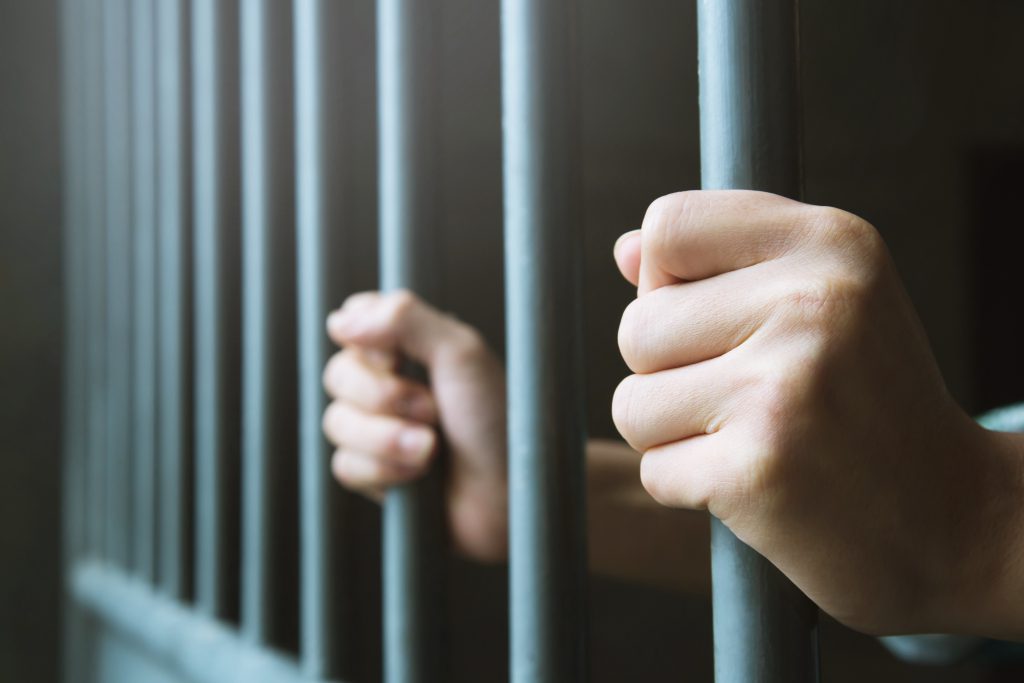The Correctional Facility – a misnomer

The Corradino Correctional Facility has become a misnomer. The fact that in the last three years alone 12 inmates have died while serving time in prison says it all. The latest victim in this chilling statistic was a 29-year-old woman who was found dead just three weeks after she tried to commit suicide. What is even more shocking is that this inmate – who had been jailed for two years after admitting to six counts of fraud and theft last February – was denied the opportunity to start a drug rehabilitation programme due to legal restrictions. At present, inmates may only be given this opportunity after having spent at least six months behind bars.
A correctional facility must be run in a disciplined but humane manner. Its ultimate objective should not be to lock up criminals and take revenge by treating them like animals. Such approach will only serve to fuel even more resentment towards society and increase the likelihood of inmates relapsing within a few months. A correctional facility should be one which instils a sense of discipline but at the same time encourage and support inmates to reform themselves.
Unfortunately, things under the present director seem to have taken a very worrying direction. It all started some months ago when harrowing accounts started to emerge about inmates who were forcibly placed on a restraint chair, or the “punishment chair” as it was known in those circles. What was even more shocking was the fact that authorities gave contradictory statements on the matter while trying to play down the situation saying such practice – which is more reminiscent of Victorian times – was used as a last resort.
Concerns have also been raised on the decision to place inmates who commit offences within the facility in complete isolation. Such practice might cause severe psychological impact which might hinder the inmate’s chances of rehabilitating themselves after serving their sentence. Surely, there are other ways how to punish misbehaving inmates without placing their mental and physical wellbeing at such huge risk.
If we really believe that whoever committee a serious crime must be given the opportunity to make a fresh start in life, urgent action must be taken at the Corradino prison. As a start, the findings of the magisterial inquiries into the 12 deaths registered in the last three years be published. The public deserves to know the outcome of these investigations as ultimately this is an issue which is affecting society at large and not only the relatives of the inmates. People should have peace of mind that these deaths were not the result of a failed system. However, the Home Affairs Ministry is resisting such calls. Last December the minister himself fended off criticism saying that from these inquiries (so far only 5 of 12 have been concluded) it emerged that 75 per cent of these deaths were due to natural causes. Such remark immediately raised eyebrows as these inmates were relatively young, mostly in their thirty’s forties and fifties. Even if so, what about the remaining 25% of the cases? How did they die?
The situation needs urgent attention. Such action must not limit itself to building a brand new facility to cater for the rise in the prison population. If we really believe in a restorative justice system, the ultimate objective must be to turn inmates into a better person. If we really believe in a just society and in the upholding of human rights it is only fair to expect that inmates are treated with dignity.
